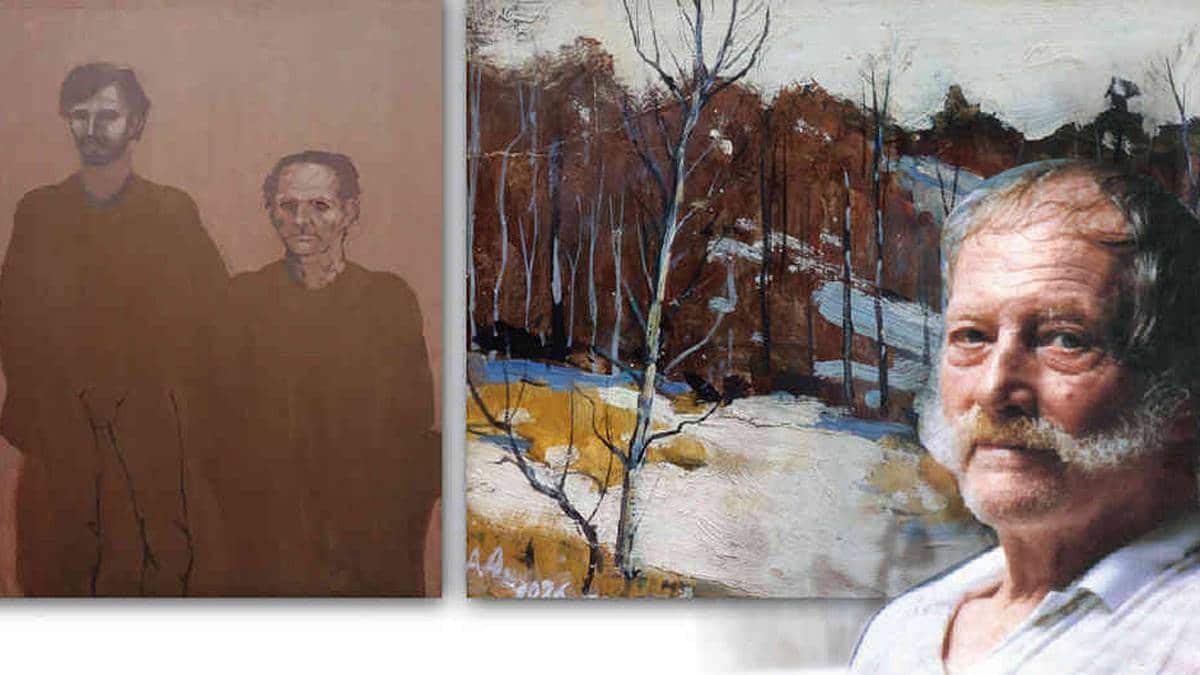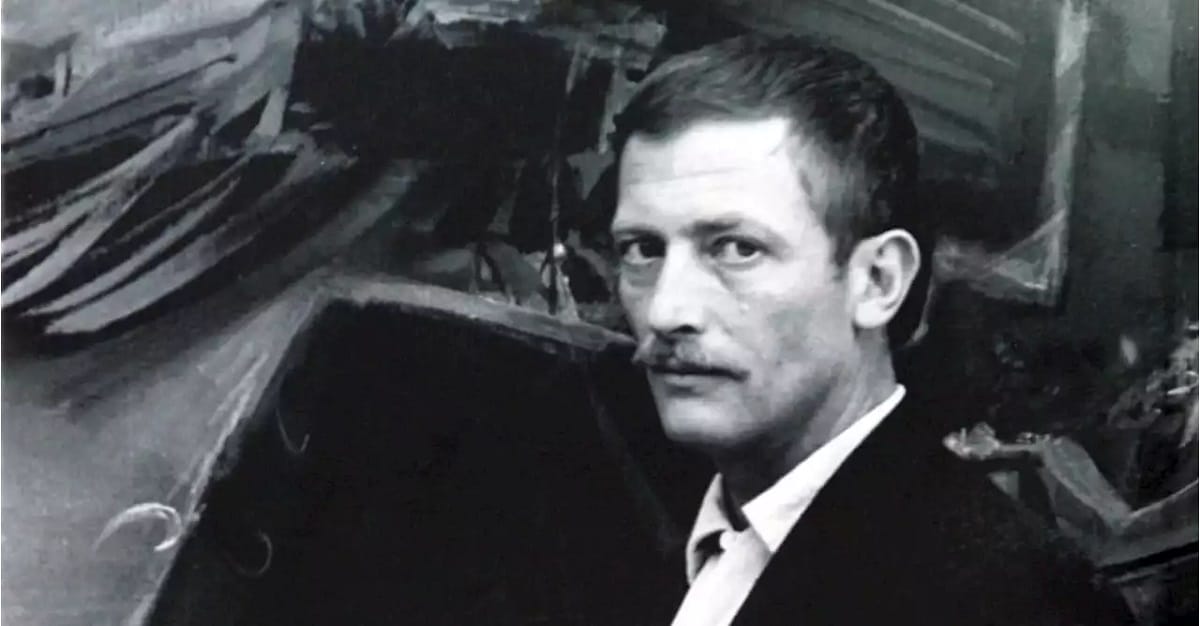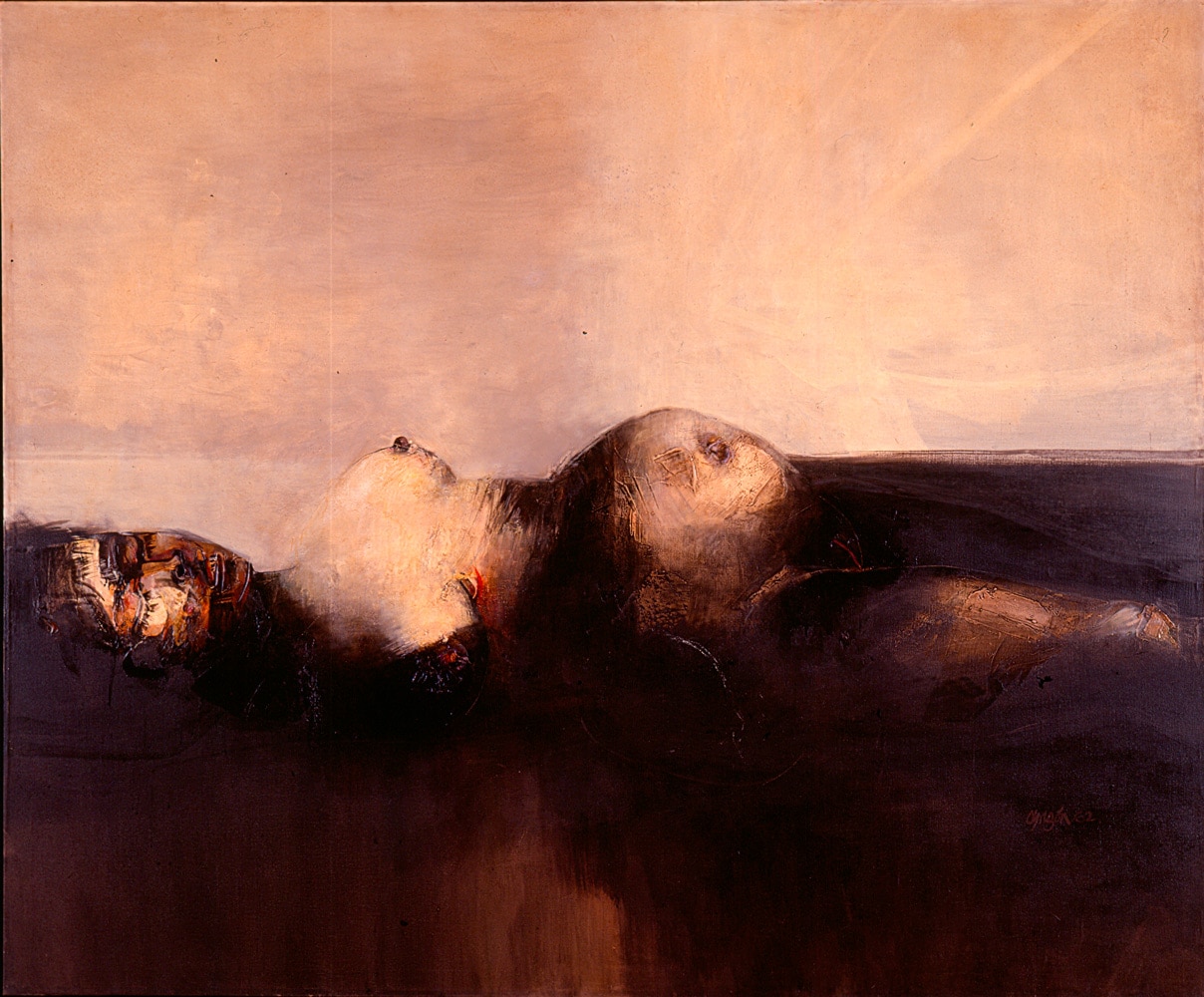
Alejandro Obregon is considered as one of the great Hispanic American painters of the XNUMXth century. His creations have long been praised both for the pictorial innovations they have brought and for the subject matter of his works, which have always tackled controversial issues.
Obregón was born in Barcelona, Spain) in 1921. However, with only 6 years of age he went to live in his father's country, Colombia, along with the rest of his family. His youth is marked by long stays in both countries as well as by numerous trips to the United States, France and the United Kingdom.
His artistic training took place at the School of Fine Arts in Boston and at the Llotja in Barcelona. Steeped in numerous European cultural and artistic influences, he finally settled in the city of Cartagena de Indias. There, Obregón befriended great Colombian artists such as Ricardo Gomez Campuzano, Enrique Grau, Santiago Martinez or the Colombian-German William Wiedemann. With some of them he worked closely and began to develop his own style.
He was also a member of the so-called Barranquilla Group, which brought together the main Colombian artists and intellectuals of the mid-century.

The condor is one of the recurring motifs in many of Alejandro Obregón's paintings
At the age of 24, Alejandro Obregón began to be recognized nationally with his participation in the V National Salon of Artists of Colombia, 1944, receiving the best reviews. Years later, after a trip to central Europe, he consolidated his style and became the highest representative of the current of figurative expressionism in American lands.
In his personal life he stood out for his marriage to the English painter Freda sargent, whom he married in Panama. Later he divorced to remarry, this time with the dancer sonia osorio, founder of the Ballet de Colombia. With her he had a son, Rodrigo Osorio, a well-known cne and television actor. The passion for speed and racing cars was also a constant in his life.

A photograph of the painter taken in the 50s, at the gates of the consecration of Alejandro Obregón as a great Colombian artist of the XNUMXth century.
In the mid-70s he became director of the Museum of Modern Art of Bogotá.
Alejandro Obregón died in the city of Cartagena in 1992, leaving behind an impressive artistic legacy that can be summarized with one of his most famous reflections:
«I don't believe in painting schools; I believe in good painting and nothing else. Painting is an individual expression and there are tendencies as personalities. I have admired good painters, the Spanish above all, but I consider that none has had a decisive influence on my training.
Most outstanding works
Here is a brief but representative sample of the great works of Alejandro Obregón. A selection that quite well resonates his unique style and artistic language:
The Blue Jug (1939) is one of the artist's earliest works, created when he was just 19 years old. It reflects Alejandro Obregón's first foray into the world of the pictorial avant-garde. Years later he would pnitaría Portrait of a painter (1943), a work with which he became known within the great artistic circles of Spain.
At the beginning of the 50s, Obregón's style reached its full definition and maturity. Influenced by el Cubism, the master made miraculously balanced compositions among which we can highlight Doors and space (1951) Still life in yellow (1955) and Greguerías and chameleon (1957)

Violencia (1962), the work that established Alejandro Obregón as the most influential painter in Colombia in the XNUMXth century
After maturity came the consecration, in the decade of the 60s. Alejandro Obregón became the most important painter in the country, being awarded up to two times with the first prize for Painting at the National Hall. The works that earned him such recognition were Violence (1962) and Icarus and the wasps (1966). Other outstanding works from this period are Shipwreck (1960) The Wizard of the Caribbean (1961) Tribute to Gaitán Durán (1962) and Volcano submarine (1965)
Some of Obregón's paintings have a great social content and complaint. The dead student y Mourning for a student, both from 1957, served to denounce the coup d'etat of Gustavo Rojas Pinilla. In his painting, the rooster is the allegorical representation of the dictator.
In his final stage, Alejadro Obregón gradually abandoned the technique of oil for that of acrylic painting. This led him little by little to practice painting on large surfaces such as building facades and forget about the traditional canvases. This fascination with mural painting It led him to carry out works of great recognition in such emblematic places as the Senate of the Republic building or the Luis Ángel Arango Library.
his works are wonders
which
beautiful paintings made
I am selling this original poster each at $ 50.000 (CONDOR) SIZE PAPER ACQUIRED THROUGH
COOPERARTS TEL 2767321 BOGOTA
of course he lived his life being special and famous with his works congratulations to his family
Q WONDERFUL PAINTING